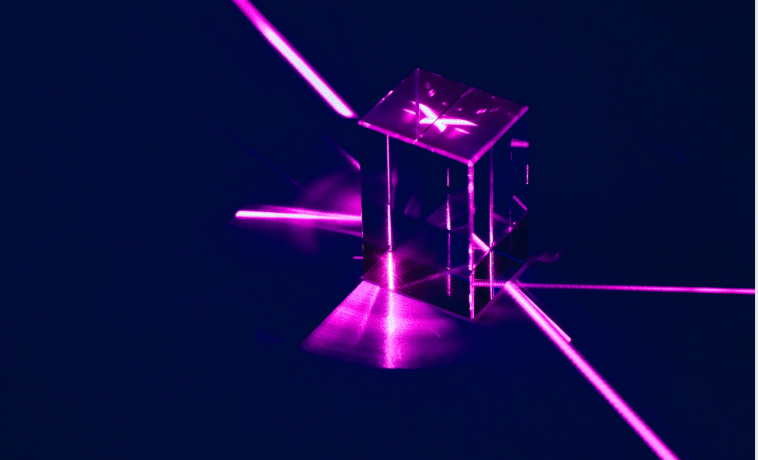Telescope optics – test time!

Testing optics on a star does not require any special instruments and can be done outside in the night sky. Despite this, the test is so sensitive that it detects and indicates the smallest defect in the optics of the telescope. The test also reveals many problems that are not due to the telescope structure per se and those can be fixed.
If you’ve ever wondered if your telescope is delivering the quality it should, this test can reveal the truth about your telescope.
The star test is actually an examination of the star as seen through the optics of the telescope at high magnification, in focus as well as out of focus. It should not be surprising that it is the out-of-focus star that can demonstrate the optical quality of the telescope as well as its potential performance.
Diffraction pattern in focus
At high magnification, the star appears as a distinct and clear point surrounded by a series of concentric circles, of which the inner circle is the most prominent and brightest. This is called a diffraction pattern. The point in the middle is called the “Airy” disc. Any telescope that claims to be diffraction limited must produce a very good resemblance to that pattern.
“Airy” disk and diffraction pattern
You can see a perfect diffraction pattern by masking your telescope on an apparatus of only 3 cm and up to 6 cm. After this, focus the telescope on a very bright star high above the horizon, such as Vega or Capella, using 50x to 100x magnification.
What you will then see through the telescope is a classic diffraction pattern that can later serve as a standard comparison when testing the telescope on a star.
Diffraction pattern out of focus
With the masked telescope set down to 3–6 cm, slowly place the star out of focus. Expanding rings will slowly begin to appear like ripples after a stone is thrown into the water. Defocus your telescope to the point where you can see four to six rings. Except for the outer ring, the light is more or less evenly distributed among the rings.
Now, defocus the telescope to the same point on the other side of the focus. The pattern should be identical to the first with identically distributed light between the rings. The outer edge of the ring will be sharp, and the edge should not be blurred on either side of the focus.

On a telescope that does not have a central obstruction, like a refractor, the out-of-focus pattern will be filled, while on a telescope with an obstruction, like a reflector with a secondary mirror, the pattern will look like a disc with a hole in the middle.
Examining the out-of-focus star as seen through the telescope is of utmost importance to the entire test.
After this, remove the apparatus mask from the telescope, and test the instrument under full apparatus. To perform the test, select a second-magnitude star and defocus it so that it can be seen with four to six rings. If you defocus too far, the entire test will lose all sensitivity. Use a magnification of 25× to 35× per inch of apparatus for the test.
What you might see
Many factors besides the quality of the optics can degrade the image of a star through a telescope, so you should minimize the possibility of these external effects. Otherwise, you could blame the telescope for a defect that may not even exist in it.
In the upcoming blogs we’ll talk more about the collimation, atmospheric turbulence and other important factors that affect your telescope.

